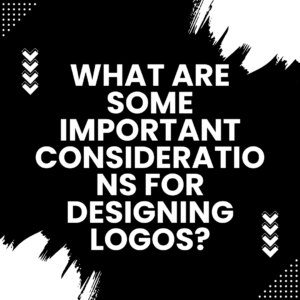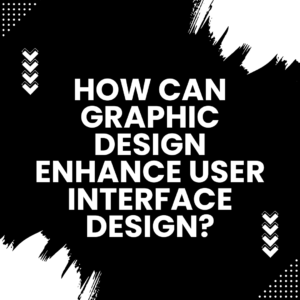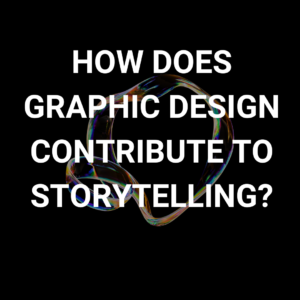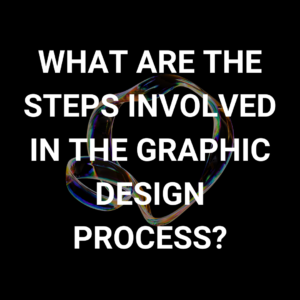How Do Colors Impact Graphic Design?
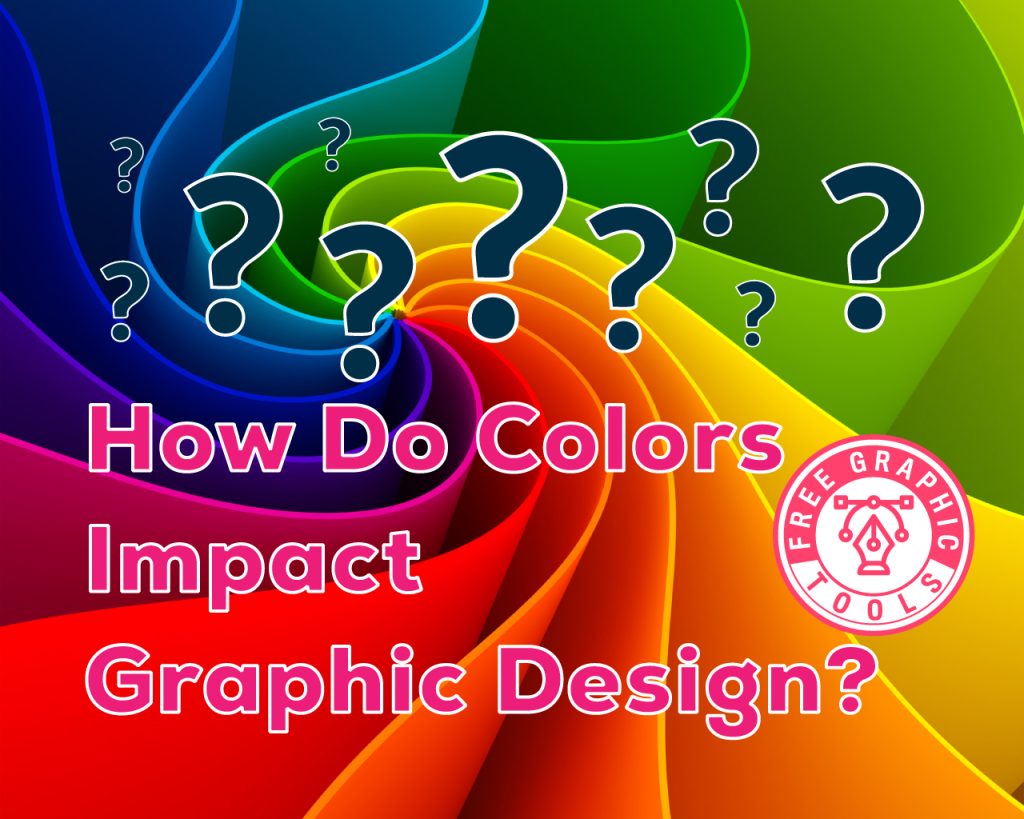
Colors are a powerful tool in graphic design. They can be used to create a mood, evoke an emotion, or even persuade the viewer to take action.
Here are some of the ways that colors can impact graphic design:
- Create a mood or atmosphere. Colors can be used to create a specific mood or atmosphere in a design. For example, warm colors like red and orange can create a sense of excitement or passion, while cool colors like blue and green can create a sense of calm or serenity.
- Evoke an emotion. Colors can also be used to evoke an emotion in the viewer. For example, red is often associated with anger, passion, or danger, while blue is often associated with calmness, peace, or trust.
- Persuade the viewer to take action. Colors can also be used to persuade the viewer to take action. For example, a website with bright, attention-grabbing colors is more likely to keep users engaged than a website with muted colors.
When choosing colors for a graphic design, it is important to consider the target audience and the desired outcome. For example, if you are designing a website for a children’s product, you might want to use bright, cheerful colors. If you are designing a website for a financial institution, you might want to use more muted, professional colors.
It is also important to consider the psychology of color. Different colors have different associations and can evoke different emotions in people. For example, red is often associated with danger and anger, while blue is often associated with calmness and peace.
By understanding the power of color, graphic designers can use it to create designs that are more effective and engaging.
Here are some additional tips for using colors in graphic design:
- Use a limited color palette. A limited color palette will help to create a cohesive and visually appealing design.
- Use complementary colors. Complementary colors are colors that are opposite each other on the color wheel. They create a strong contrast and can be used to create a dramatic effect.
- Use analogous colors. Analogous colors are colors that are next to each other on the color wheel. They create a sense of harmony and can be used to create a calming or relaxing effect.
- Use triadic colors. Triadic colors are three colors that are evenly spaced around the color wheel. They create a sense of balance and can be used to create a dynamic effect.
- Use tetradic colors. Tetradic colors are four colors that are evenly spaced around the color wheel. They can be used to create a bold and eye-catching effect.
- Use white and black. White and black are not technically colors, but they can be used to great effect in graphic design. White can be used to create a sense of space and lightness, while black can be used to create a sense of drama and sophistication.
By following these tips, you can use colors to create graphic designs that are both visually appealing and effective.
How Do Colors Impact Graphic Design?
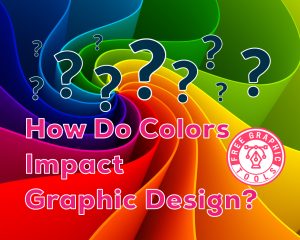
Colors Play a Significant Role in Graphic Design as They Have the Power to Evoke Emotions, Convey Messages, and Create Visual Impact. Here Are Some Ways in Which Colors Impact Graphic Design:
1. Visual Appeal: Colors Have the Ability to Attract Attention and Create Visual Interest. They Can Make a Design Stand Out and Grab the Viewer’s Attention, Leading to a More Engaging and Memorable Experience.
2. Brand Identity: Colors Are a Crucial Component of Brand Identity as They Help Establish Recognition and Communicate the Personality and Values of a Brand. Consistent Use of Colors Across Various Design Elements Helps in Brand Recognition and Differentiation.
3. Emotion and Mood: Colors Have the Power to Evoke Specific Emotions and Influence Mood. Warm Colors Like Red and Orange Can Create a Sense of Energy and Excitement, While Cool Colors Like Blue and Green Can Evoke Calmness and Tranquility. Designers Can Use Color Psychology to Elicit Specific Emotional Responses From the Audience.
4. Visual Hierarchy and Organization: Colors Can Be Used to Create Visual Hierarchy Within a Design, Guiding the Viewer’s Attention and Organizing Information. Bold and Contrasting Colors Can Be Employed to Highlight Important Elements or Create a Focal Point, While Muted or Monochromatic Colors Can Be Used for Background or Less Important Elements.
5. Communication and Meaning: Colors Can Convey Specific Meanings and Messages. For Example, Red Often Represents Passion or Danger, While Green Can Symbolize Nature or Freshness. Designers Need to Consider Cultural Associations and Context to Ensure the Chosen Colors Align With the Intended Message.
6. Accessibility and Legibility: the Choice of Colors in Graphic Design Also Affects Accessibility and Legibility. Contrast Between Text and Background Colors is Crucial to Ensure Readability, Especially for People With Visual Impairments. Designers Need to Consider Color Combinations That Meet Accessibility Guidelines and Provide an Inclusive Experience.
7. Cultural and Contextual Considerations: Colors Can Have Different Meanings and Associations Across Different Cultures and Contexts. What Might Symbolize Positivity in One Culture Could Represent Something Negative in Another. Designers Working for a Global Audience or Diverse Target Groups Should Be Aware of Cultural Sensitivities and Adapt Their Color Choices Accordingly.
It is Important for Graphic Designers to Understand the Impact of Colors and Use Them Purposefully to Create Visually Compelling Designs That Effectively Communicate the Intended Message and Resonate With the Target Audience.


